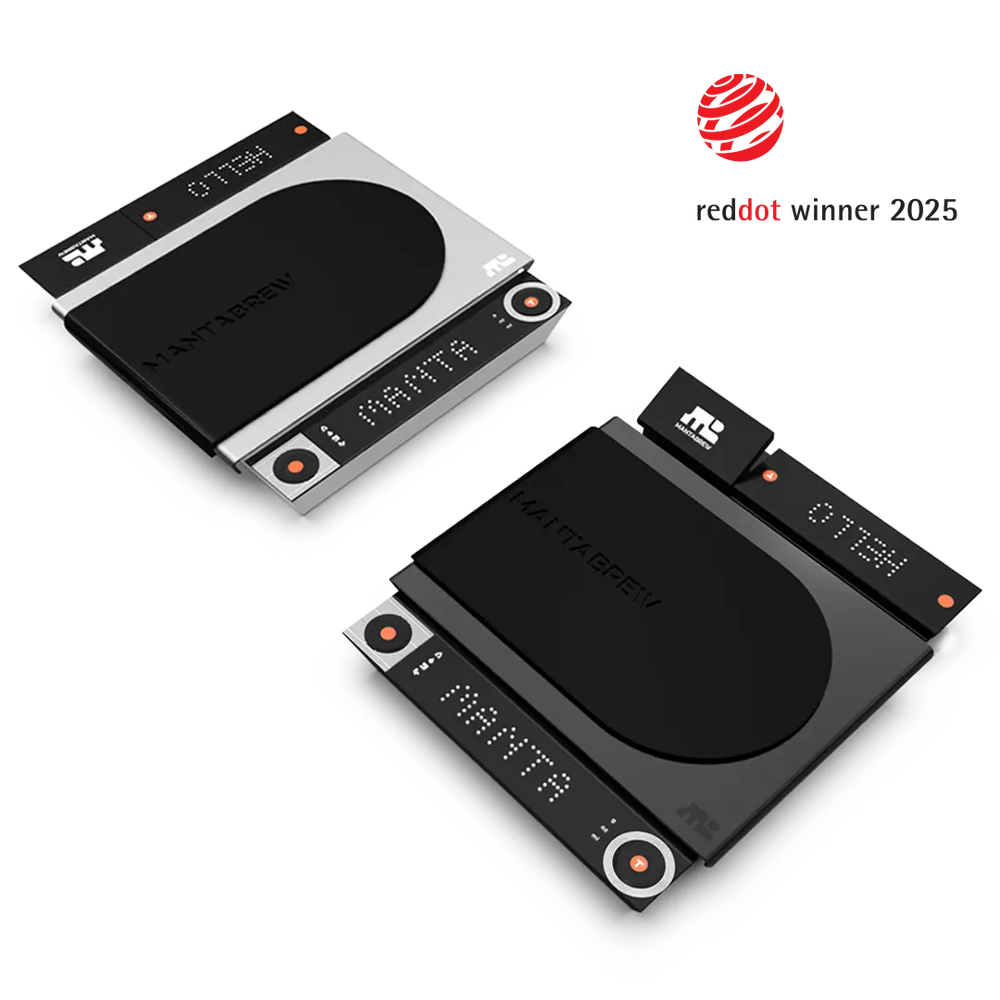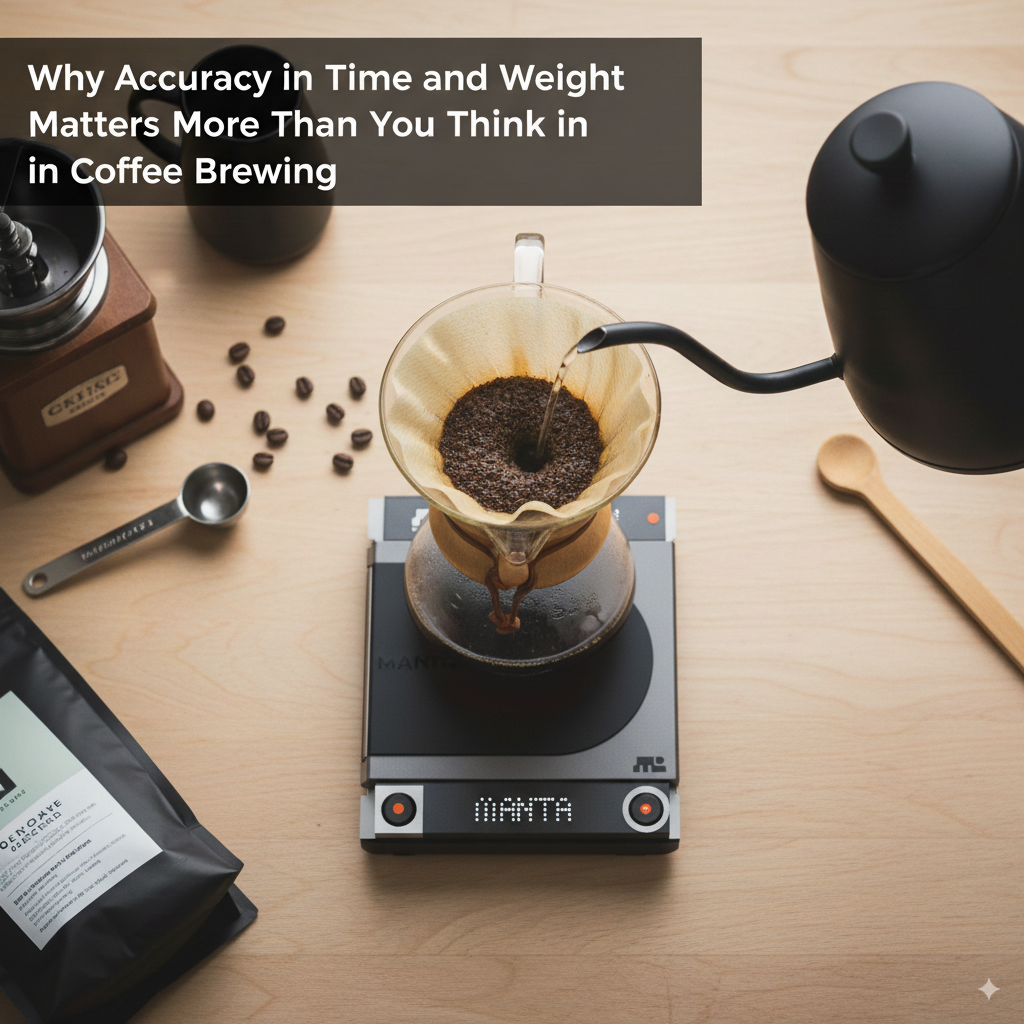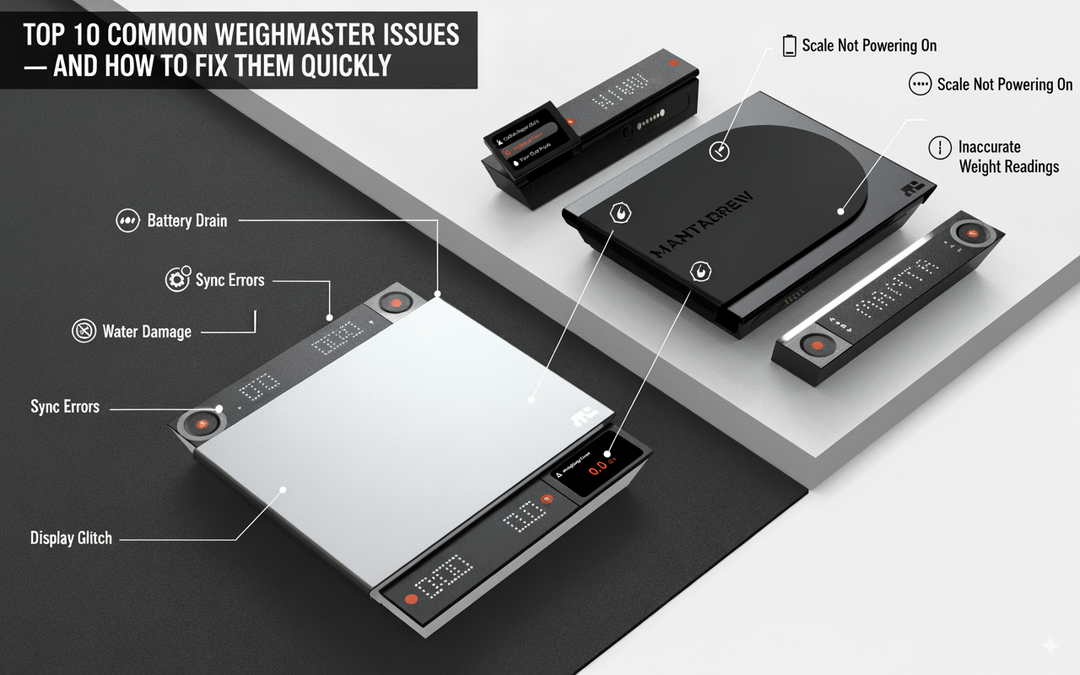Mastering Pour Over Coffee: 7 Essential Brewing Tips for a Perfect Cup
Pour over coffee is loved by coffee enthusiasts for its clean taste, nuanced flavors, and meditative brewing process. But getting that perfect cup requires more than just hot water and ground beans — it’s about precision, patience, and using the right tools. Whether you're new to pour over or looking to refine your technique, these tips will help you brew like a pro.
1. Choose the Right Coffee Beans
The quality of your beans is the foundation of great coffee. Choose freshly roasted beans with a roast level that suits your taste — medium roast tends to work well for pour over methods, bringing out fruity and floral notes. Use a burr grinder to get a medium-coarse grind, which allows for even extraction.

2. Use Filtered Water at the Right Temperature
Water makes up over 98% of your coffee, so its quality matters. Use filtered water heated to 195°F–205°F (90°C–96°C). Water that’s too hot can over-extract and taste bitter, while cooler water may under-extract, resulting in a flat brew.

3. Measure Coffee and Water Accurately
Consistency is key. Use a scale to measure both your coffee and water. A good starting ratio is 1 gram of coffee to 15–17 grams of water, depending on your preferred strength.
💡 Tip: The MANTABREW WeighMaster makes this easy with its precision sensors, integrated timer, and multi-angle display, so you can track your ratio and time effortlessly from any angle.
4. Bloom the Grounds Properly
When hot water first hits the coffee, you’ll see it bubble and expand — that’s CO₂ escaping. This “bloom” allows for better extraction. Pour about twice the weight of your coffee in water (e.g., 30g water for 15g coffee) and let it bloom for 30–45 seconds.

5. Master the Pour Technique
Use a gooseneck kettle for better control and pour slowly in spiral motions, starting from the center. Pour in multiple phases (typically 3–4), letting the coffee “draw down” slightly between each. Aim for an even bed of grounds at the end.

6. Use the Right Gear
Your tools matter. Here’s what you’ll need:
-
A quality pour-over dripper (like a V60 or Kalita Wave)
-
A gooseneck kettle for controlled pouring
-
A smart coffee scale — like the modular, portable, multi-angle MANTABREW WegihMaster coffee scale, designed to give home brewers café-level precision even outdoors
🛒 Ready to upgrade your setup? Visit www.mantabrew.com to shop now.
7. Avoid Common Mistakes
-
Grind too fine → can clog and over-extract
-
Rushing the pour → causes uneven saturation
-
Skipping the bloom → leads to poor flavor development
-
Not using a scale → inconsistency in taste
Final Thoughts
Like all great things, mastering pour over takes practice and curiosity. Each variable — from grind size to pouring speed — affects your cup. Start with these tips, and don’t be afraid to tweak as you go.
And remember: with tools like the MANTABREW WeighMaster, which gives you real-time control, clear visibility, and unmatched modularity, every pour gets a little closer to perfection.
Looking for the perfect scale to elevate your pour over routine? Check out the MANTABREW WeighMaster — the only scale designed with outdoor baristas in mind.







